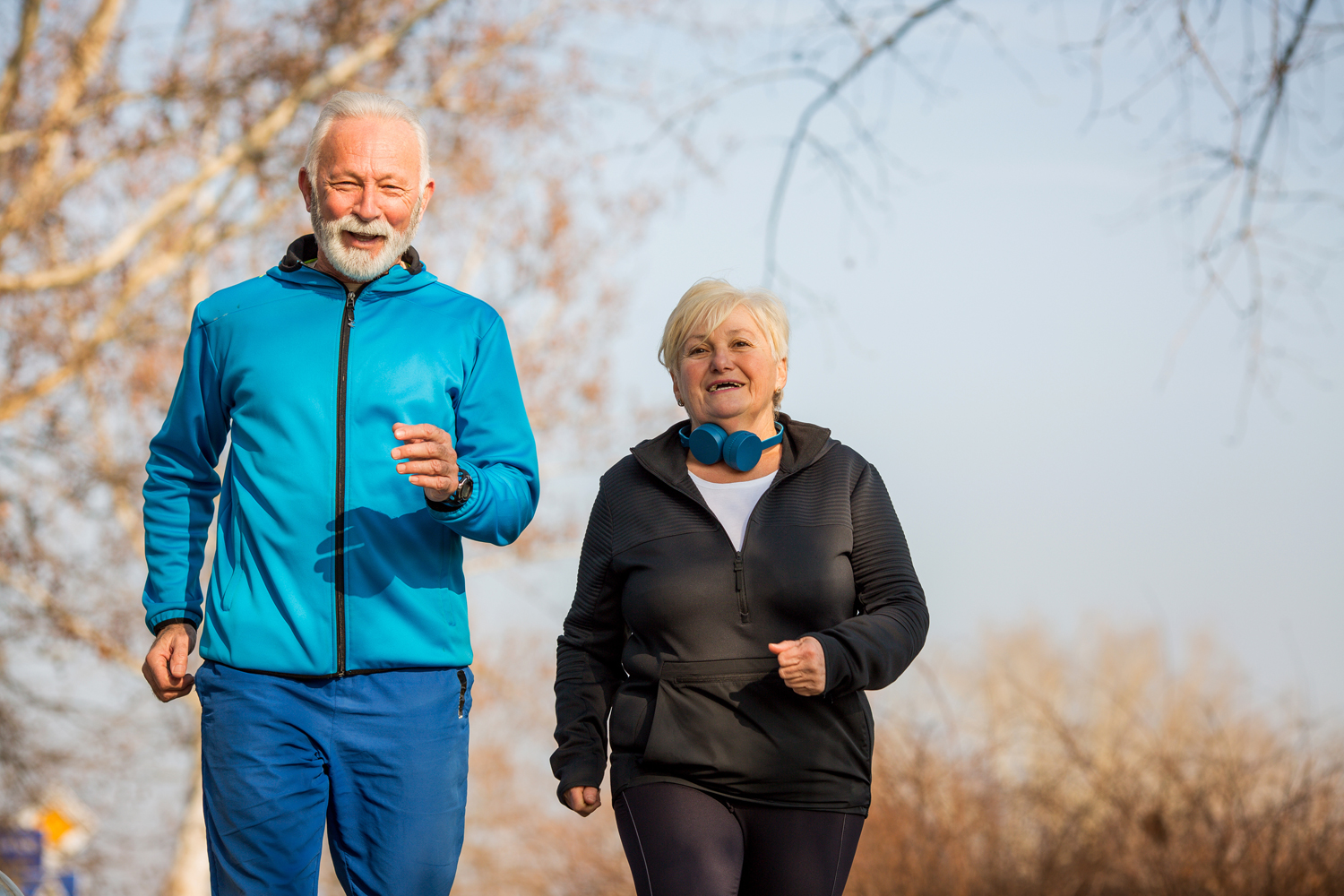The American Society of Clinical Oncology (ASCO) released new guidelines in May 2022 that endorse exercise during cancer treatment. The guidelines, published in the Journal of Clinical Oncology, were the first to specifically focus on the effects of exercise, diet and weight management during cancer therapy.
“Cancer treatment takes an enormous toll. There are so many physical and psychological side effects. As an oncologist, patients often ask me, ‘What can I do during treatment to feel better and recover faster?’” says Jennifer Ligibel, a breast oncologist with the Dana-Farber Cancer Institute in Boston who co-chaired the expert panel that developed the guidelines. “That’s what we were trying to accomplish with this guideline.”
Under the new guidelines, oncology providers are encouraged to recommend aerobic and resistance exercise (strength training) to their patients who are actively undergoing chemotherapy or radiation for early-stage cancer. The guidelines excluded recommendations for those with breast cancer being treated with endocrine therapy.
To inform the guidelines, Ligibel and her team looked at randomized trials that investigated the effects of exercise, diet and losing or maintaining weight on the toxicity of cancer treatment, quality of life, mood, completing cancer therapy, cancer recurrence and survival. There wasn’t enough evidence yet to provide guidance on diet and weight management. “But there was consistent and clear data supporting increased exercise and how it helps people feel less fatigued, have a better quality of life, and better physical fitness, and that translated into faster recovery after the completion of therapy with less anxiety and depression,” Ligibel says.
The strongest evidence in the guidelines supported increasing exercise during cancer treatment to reduce symptoms, such as fatigue, and improve cardiorespiratory fitness—your body’s ability to transport oxygen to your muscles during exercise, which is a marker of physical fitness. The guidelines also specifically recommend exercise for patients with lung cancer before and after surgery, which may help keep your lungs strong.
The new guidelines don’t recommend a specific exercise amount, schedule or intensity like the exercise recommendations issued by the U.S. Department of Health and Human Services (HHS) do for the general population. The HHS advises healthy adults to move more and sit less throughout the day, do 150 to 300 minutes per week of moderate-intensity aerobic activity or 75 to 150 minutes a week of vigorous-intensity aerobic activity, and do muscle-strengthening activities of moderate or greater intensity two or more days a week.
Research is underway to help people in cancer treatment decide what kind of exercise program would be the best, based on their other medical conditions and the toxicity of their cancer treatment. The new exercise guidelines serve as a starting point. More specific diet and exercise recommendations may be coming. “Eventually, as the science builds, we will have specific recommendations and prescriptions around diet and physical activity for patients when they get handed a diagnosis,” says Tracy Crane, director of digital health and lifestyle medicine at the University of Miami’s Sylvester Comprehensive Cancer Center, who was not involved in developing the new guidelines.
Meanwhile, the new exercise guidelines can help you and your doctor know that exercise is safe and good for you during cancer treatment. “Use the guidelines to start a conversation with your doctor to find out about the exercise programs available at your medical center,” Crane says.
If you’re tolerating treatment well, exercise may mean going on a daily walk with a friend or taking an online strength training class. If you have other medical issues that make exercising difficult or if you have severe side effects from your cancer treatment, however, you may need a more structured exercise program or physical therapy.
With the exception of physical or rehabilitation therapy, structured exercise programs for people undergoing cancer treatment aren’t typically covered by health insurance. “We’re hoping this level of evidence might be the start of more support for exercise as part of cancer treatment by third-party payers,” Ligibel says.
Overall, it’s important to keep moving and recognize that during cancer treatment, being active may look different from one week to the next. “When you’re on chemotherapy, take advantage of the days you feel good to try walking and exercising, and keep in mind that something is better than nothing,” Crane says.
Cancer Today magazine is free to cancer patients, survivors and caregivers who live in the U.S. Subscribe here to receive four issues per year.





